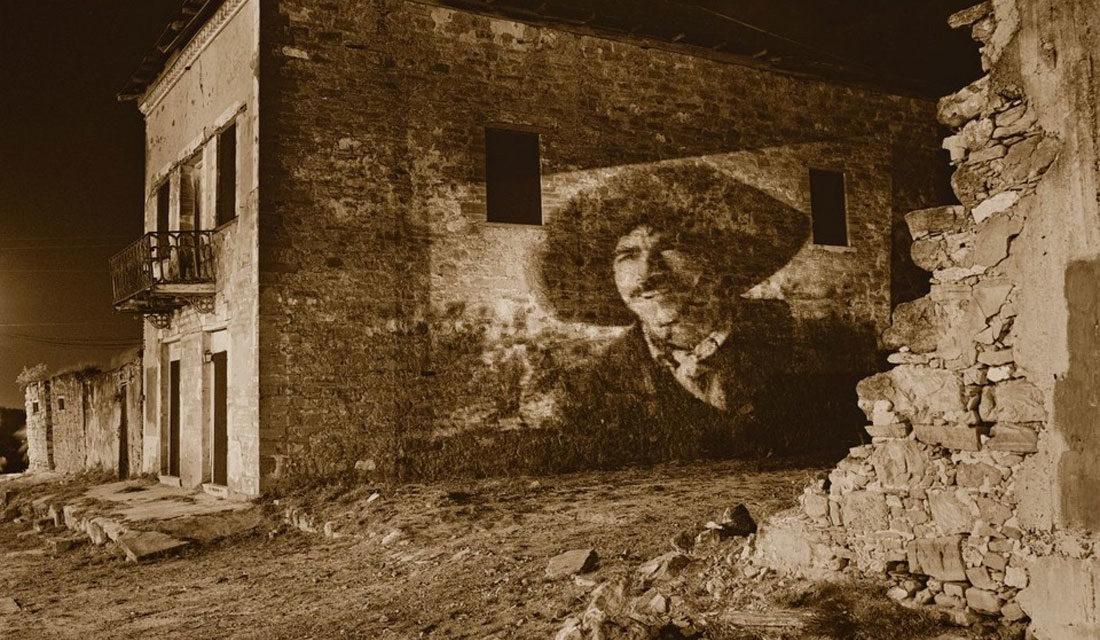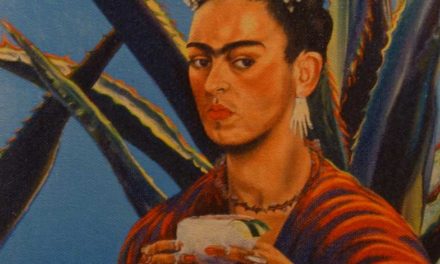The cover art this week was captured in Roma, Texas when our January Resident Cover Editor, Joel Salcido was exploring small towns of Texas for Texas Highways Magazine. We have included an excerpt from the work:
“Nostalgia brought me to Roma. Viva Zapata!, to be exact, a 1952 movie filmed in this border town whose historic district sits on a bluff anchored to the silent currents of the Rio Grande. Here, Marlon Brando and Anthony Quinn put Roma, Texas, on Hollywood’s map. Indeed, the town’s historic buildings, though recently restored, still hold the ghosts of local extras and movie stars.
But long before the cameras rolled in the town’s plaza, Roma was a center for area ranchers who worked their lands and cattle on both sides of the border. All along, commerce, both legal and illegal, has kept people coming and going across the river.
My friend Carlos Rugerio, avid local historian and architect, surprises me with this bit of local history: In the mid 1950’s, Fidel Castro’s men picked up a cache of weapons just west of Roma. They were en route to Castro’s training camp in southern Mexico before embarking on their historic Sierra Maestra excursion, which eventually toppled Fulgencio Batista’s government in Cuba. Roma’s history, if barely believable, is certainly colorful.
Carlos insists that “to understand the city of the living, one must visit the city of the dead.” So I follow his advice and head to the Roma Cemetery. There, I find that the biggest cross belongs to Don Manuel Guerra, 19th-Century patriarch of Roma, who was forced to open his general merchandise store on the Texas side of the Rio Grande by default. Originally, Don Manuel’s store was in Mexico, but because the river’s sporadic floods would cut off his Texas customers for weeks, he decided to move to Roma, where he built a mini-empire. In fact just about everyone I meet in Roma is a Guerra!
One of these Guerras is a sixth-generation descendant of Don Manuel: George Guerra, a charismatic business owner who left his high-powered job in Dallas in 1998 to reclaim his past. Proud of his heritage, George has committed himself to restoring some of his family’s historic buildings here, a goal well on its way to becoming reality. With George adamant about being entombed in the Roma cemetery near his great-great-great-grandfather, I am convinced the Guerra legends of Roma will forever live.
On Easter Sunday morning, the blaring echoes of “Perdoname, Señor” (“Forgive me, Father”) come from across the river and bounce off plaza buildings. The wind blows pleasantly as I squeeze my eyes to catch a glimpse of a religious procession winding through the streets of Miguel Aleman, across the river in Mexico. I meditate for a moment and realize that with or without the ghosts of Hollywood, Roma and its residents with their melodic Spanish twang have enchanted me. Ranch life has formed and hardened the people here, but in spite of modern life, they still care for horse and land and fellow man. They have shown me that friendship and hospitality have no borders. For them I cry Que viva Roma!”
About the Cover Art










